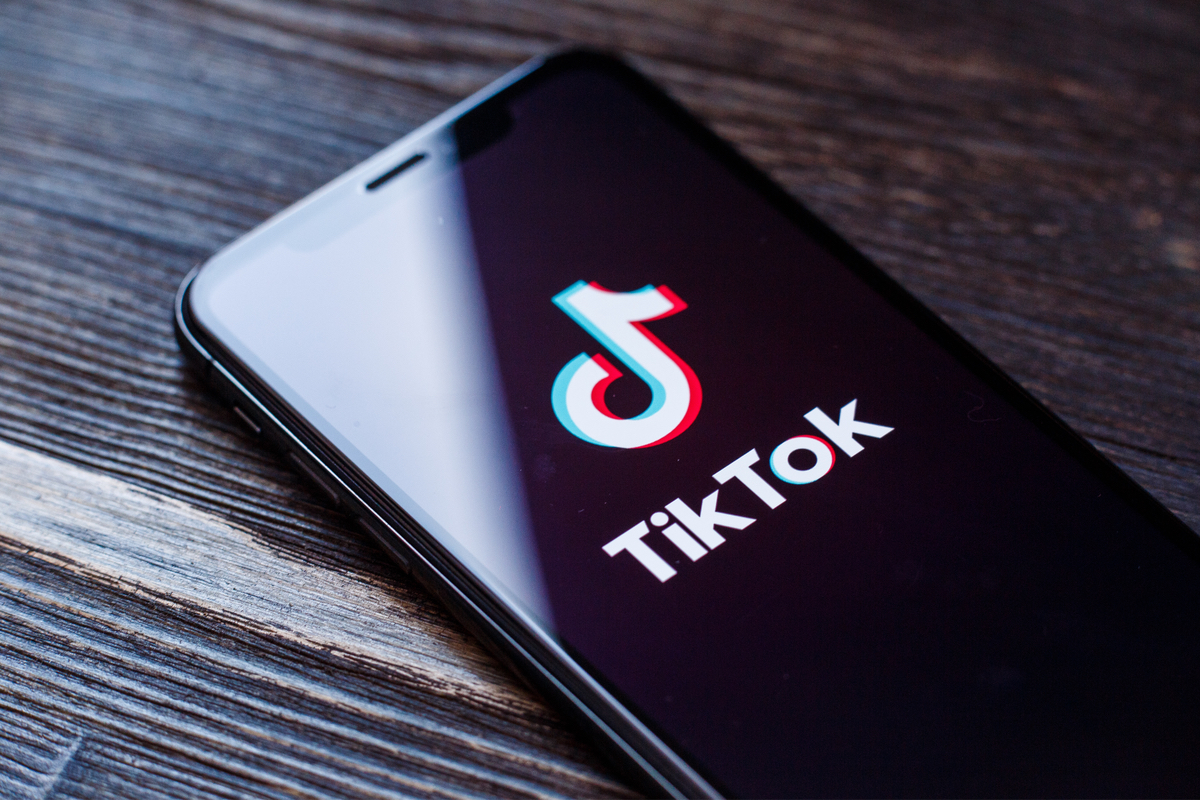
It’s no secret that cell phones are a huge distraction for drivers everywhere. Texting, making phone calls, and following GPS directions can cause a person to miss important activity on the road and then CRASH! But a new player has entered the game: TikTok. The social media platform allows users to record videos and upload them in seconds, and many people are struck by inspiration while driving. However, recording videos while driving a car can lead to being struck by something more damaging, like other vehicles or a guardrail. In cases like that of Florida teenager Noah Galle, it led to the deaths of 6 people in a minivan while Noah was recording himself driving 151 mph for a TikTok video.
Oklahoma law makes it illegal to text while driving, but any activity that draws a driver’s focus from the road can be considered dangerous. The Oklahoma Highway Patrol has recently announced a crackdown on distracted driving, meaning that Tulsa drivers are more likely to face large fines for handling their phones for any purpose while operating their vehicles.
TikToking while driving isn’t outlawed yet, but many of the current trends are incredibly risky. The Orbeez or Shootout Challenge asks TikTokers to video themselves shooting gel-based pellets at people or other vehicles and record the reactions. In addition to causing alarm and possible physical injury, some challenge participants wielding toy guns have been met with real firearms in response.
Other TikTok users have recorded themselves driving recklessly or at high speed, sometimes ending in disaster, such as with Noah Galle. Although the act of recording or live streaming while driving isn’t illegal in most states yet, the actions that occur are often against the law. Having video proof of the actions that led to injury or death is valuable for law enforcement and families of those injured for future court cases.
Anything a driver does in the car or anything that occurs in the car that diverts the driver’s attention can be considered distracted driving. The risk of crashing increases significantly with the amount of activity, how long it distracts the driver’s attention, and how fast the vehicle is going. An average text takes about 5 seconds to read, and if a car is traveling just 55 mph, it could travel the length of a football field before their attention is fully back on the road. That’s a long distance to cover and a lot of opportunities to collide with something.
While texting and answering phone calls are two of the biggest causes of distracted driving, more drivers are recording videos for upload to platforms like TikTok. Because they have to open the app, begin the recording, and choose options as they record, using TikTok on the road is extremely dangerous. It involves all three forms of distraction for drivers: manual, visual, and cognitive.
Another problem is livestreaming on video platforms. This is more than just recording video; the driver is also reading and responding verbally to comments while driving, often very recklessly. In London, a young TikToker was boasting about his speed as he dodged other cars in city traffic until he crashed his own vehicle, which burst into flames.
While most cases of distracted driving aren’t that dramatic, it’s pretty easy for police to notice drivers whose minds aren’t fully on the road. Some simple signs for law enforcement include:
Even if a crash doesn’t end in injury or death, the fact that there’s video evidence of poor driving won’t sit well with insurance companies. It makes their decision to deny a claim much easier if the insured recorded themselves committing illegal or dangerous acts. It also means that anyone who suffers damage or loss at the hands of the TikToker has more proof for insurance claims or lawsuits. In fact, the driver’s own insurance could deny coverage for purposely placing themselves in harm’s way, all for likes and follows.
What evidence can and will be used against you in a court of law, or at least by your insurance company? There are a number of ways law enforcement and insurance carriers can prove distracted driving was the cause of your Tulsa roadway crash.
Some examples are:
If it’s proven that a driver was distracted by texting or recording video right before an accident, they could face a $100 fine. They may also be held liable for any injuries they caused through a civil lawsuit from the people they hurt.